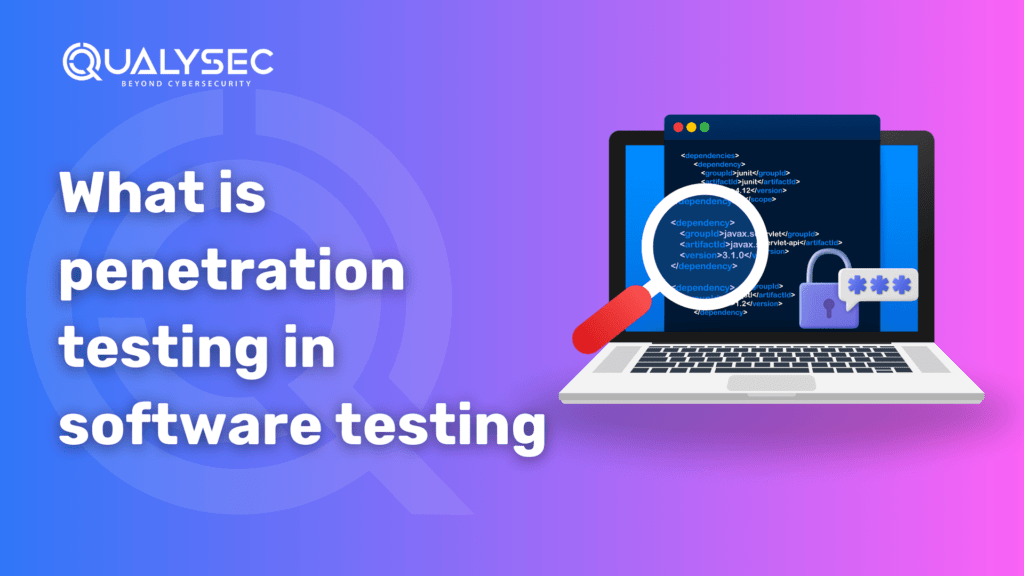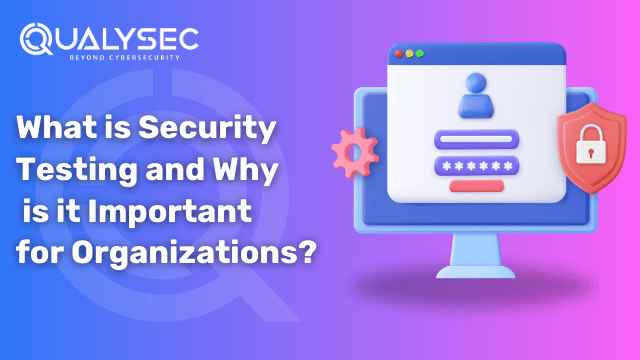What is Security Testing in Software Testing?
In the modern digital era, where information is kept in software, security is paramount when developing software. In this blog, we’ll discuss how security testing is naturally part of software testing, and we’ll illustrate its significance with simple examples. Learning about software security testing enables you to create more secure products. What is Software Security Testing? During software development, security testing is performed to detect and resolve security vulnerabilities in software programs. The goal is to protect software from malicious attacks, unauthorized access, and data breaches. Security testing ensures that software is compliant with security standards. Testers simulate real attacks on the product to test the potency of the existing security for uncovering and eliminating security loopholes to avert attacks before they even occur. Types of Security Testing in Software Testing Data Flow Analysis Data flow analysis helps find program security weaknesses in testing. It will pick up uninitialized variables, data validation bugs, and leaks. The discovery of vulnerabilities at an early stage makes software secure and more resilient. Data flow analysis is often complex but works when combined with other techniques and tools to aid security testers. Penetration Testing (Pen Testing) In a nutshell, penetration testing consists of conducting simulated real attacks on systems or applications by ethical hackers or security professionals. Penetration testing can make you more secure and give you recommendations. Vulnerability Scanning Computer programs peruse the vulnerable spots in the system or application during the process of vulnerability scanning. Security vulnerabilities consisting of outdated software, misconfigurations, missing patches, and open ports are other areas of concern, which vulnerability screening has been found to identify. It can give reports and suggestions for remediation or minimizing vulnerabilities daily or as required. Static Analysis Static analysis means testing a system or an application and analyzing its source or binary code without executing it. Many coding errors, flaws, defects, and security threats may surface as a result of static analysis, along with the consequences on system or application security. Static analysis tools or manual inspections may check the code against pre-defined rules or guidelines at any level in the development process. Dynamic Analysis Comprehensive Dynamic security testing analyzes a system or application’s behavior or performance during execution. Dynamic analysis can discover runtime defects, memory leaks, resource usage, and functional issues that may compromise system, application security or reliability. The Dynamic analysis can gather and analyze data with tools or manual observation during testing, debugging, or monitoring. Risk Assessment Effective Risk assessment can be thought of as a system or an application testing, in which threats against systems are appraised based on impact and probability. Risk assessment is important for the ranking and categorization of security concerns, as well as the optimal controls determined to control or nullify them. Risk assessment can be conducted before, during, or after the software development life cycle or software deployment with the necessary frameworks or methods. Compliance Testing Thorough compliance testing, which entails security testing used to test a system or application for compliance with local laws, standards, laws, regulations, or policies, ensures compliance with such a system or application. Compliance testing can provide assurances that the system or application is in accordance with basic parameters for standards relating to safety, privacy, quality, and performance. Checklists or tools used during audits, certifications, and accreditations mainly check for compliance in a global technology center. Why is Security Testing Important? Security testing in software testing is crucial for many reasons, as below: How To Do The Security Testing in Software Testing? Step 1: Ensuring Security Right Away Flaws can be discovered and remediated early on by incorporating security testing in every phase of the SDLC. Taking this proactive step saves time and money in contrast to repairing serious problems later. Step 2: Identifying Your Security Targets It’s necessary to know the precise needs of your program before jumping in. Review industry regulations, applicable security policies, and the risk profile of the application. This helps determine the most critical security requirements so that you can concentrate your testing efforts on resolving those specific threats. Step 3: Selecting the Appropriate Security Tools/Techniques With security testing, one-size-fits-all does not apply. Each technique is suitable at a particular stage of testing and identifies particular vulnerabilities. If you select the proper types of security according to your needs carefully, you can ensure an effective security analysis of your software. Step 4: Starting Security Software Testing It’s time to apply your preferred security testing methods! The specifics will vary depending on your method. This might be using DAST tools to scan the application at runtime, simulating attacker techniques by hand in pen testing, or running automated tools such as SAST scanners. Step 5: Analyzing the Threat Environment Once the tests are completed, look closely at the results. Decide on which vulnerabilities are most severe and easiest to attack, then rank them based on that. Prioritizing well allows you to tackle the worst threats first. Step 6: Strengthening Your Barriers Now that vulnerabilities have been identified, a repair plan must be developed. Based on your results, this may involve installing security updates, fixing code problems, or modifying system settings. Remember that security is an ongoing process. Retest the application after making fixes to ensure that vulnerabilities are addressed and verify the effectiveness of your efforts. Latest Penetration Testing Report Download Use Cases of Security Testing in Software Testing Test Case 1: Validating Input – Password and Username This test case aims to validate how the application behaves when given faulty user input by a user attempting to log in. Test Steps: Enter a blank username or password. Provide a username filled with special characters that the system does not have support for. Provide a username or password that is overly lengthy (more than the required characters). Expected Outcome: The program should issue clear error messages identifying the exact validation issue (e.g., “Username cannot be blank,” “No special characters allowed,” or “Password exceeds maximum length”). Test Case 2: Safe Session Administration This test






